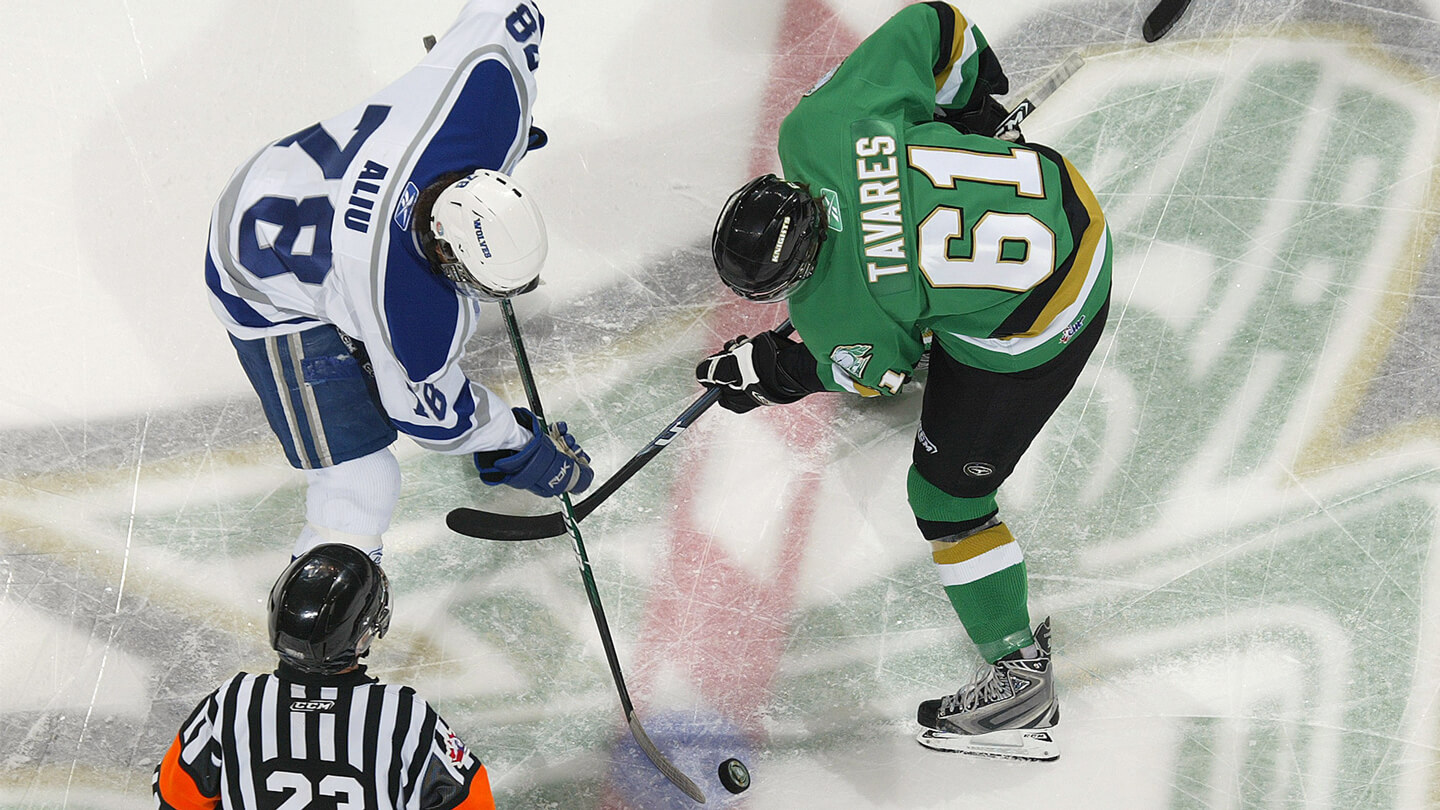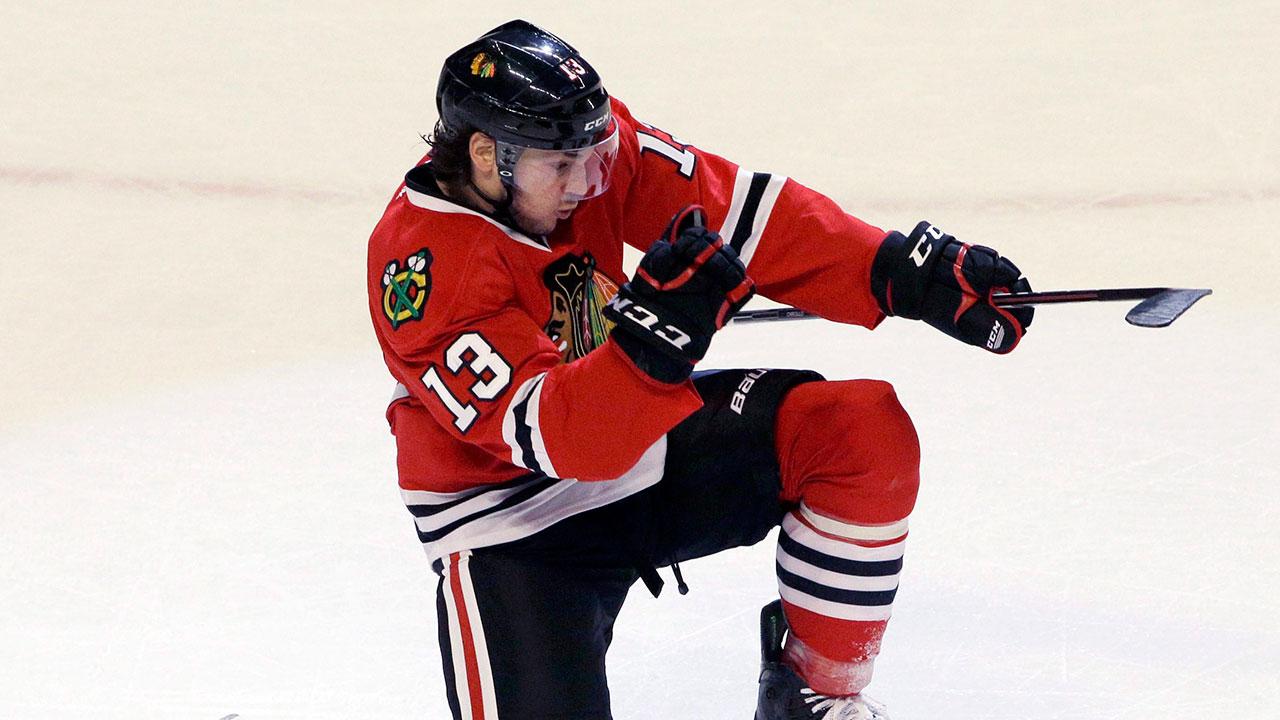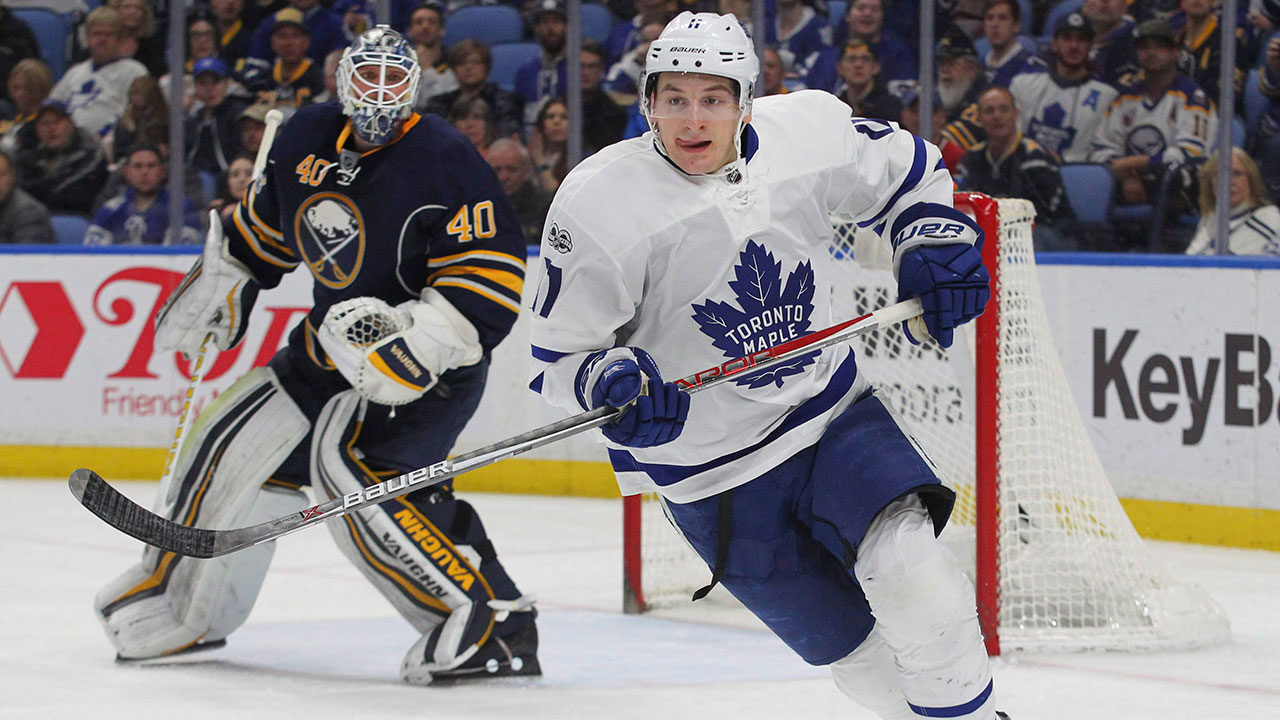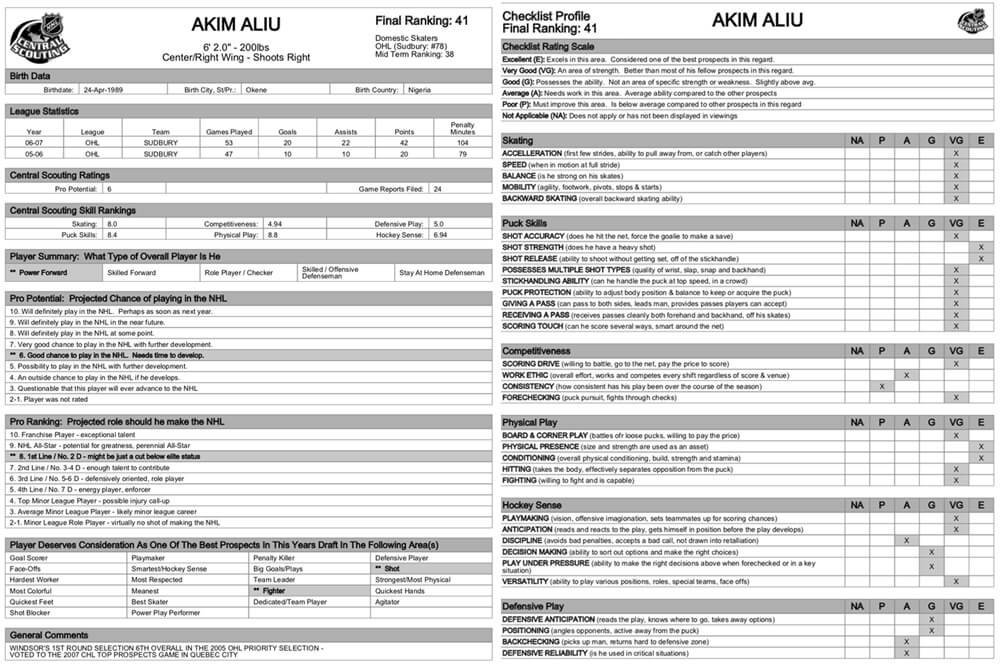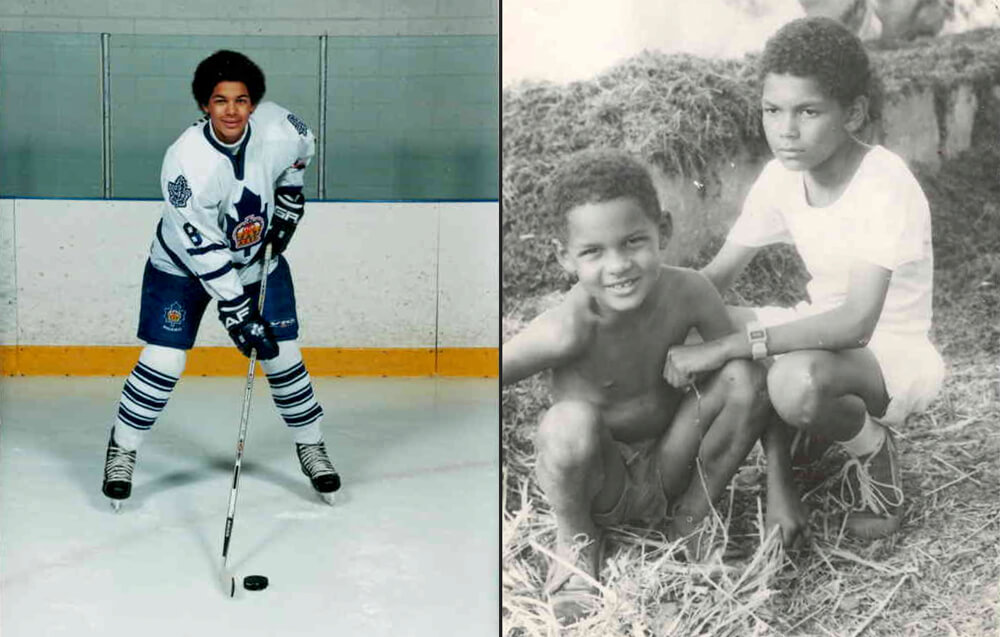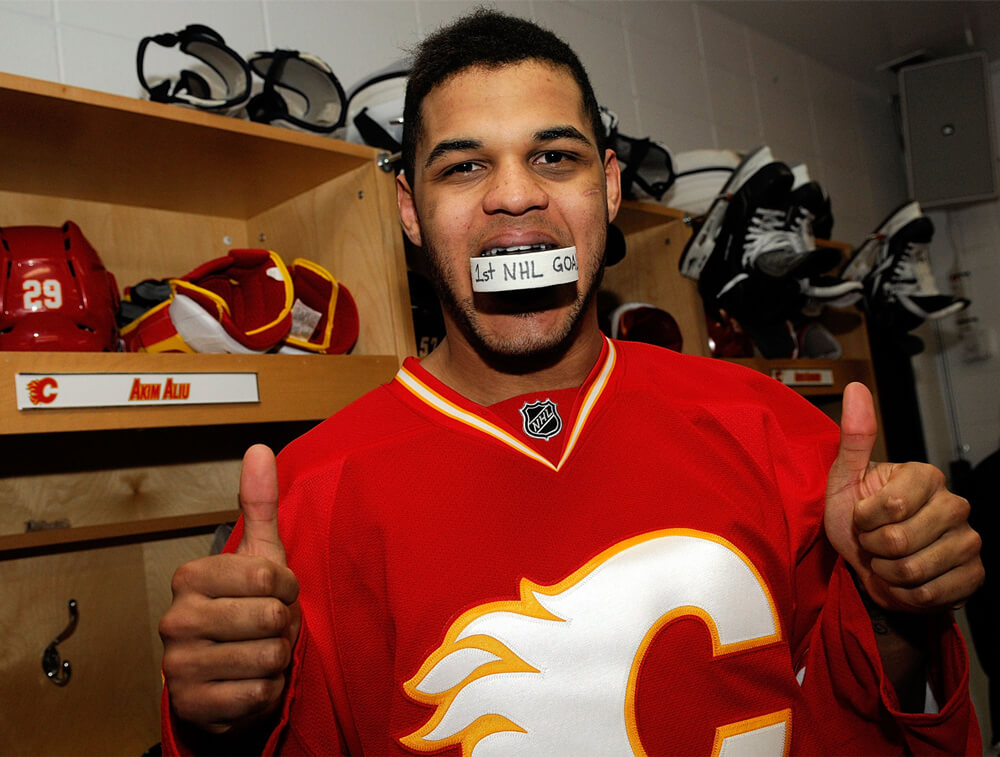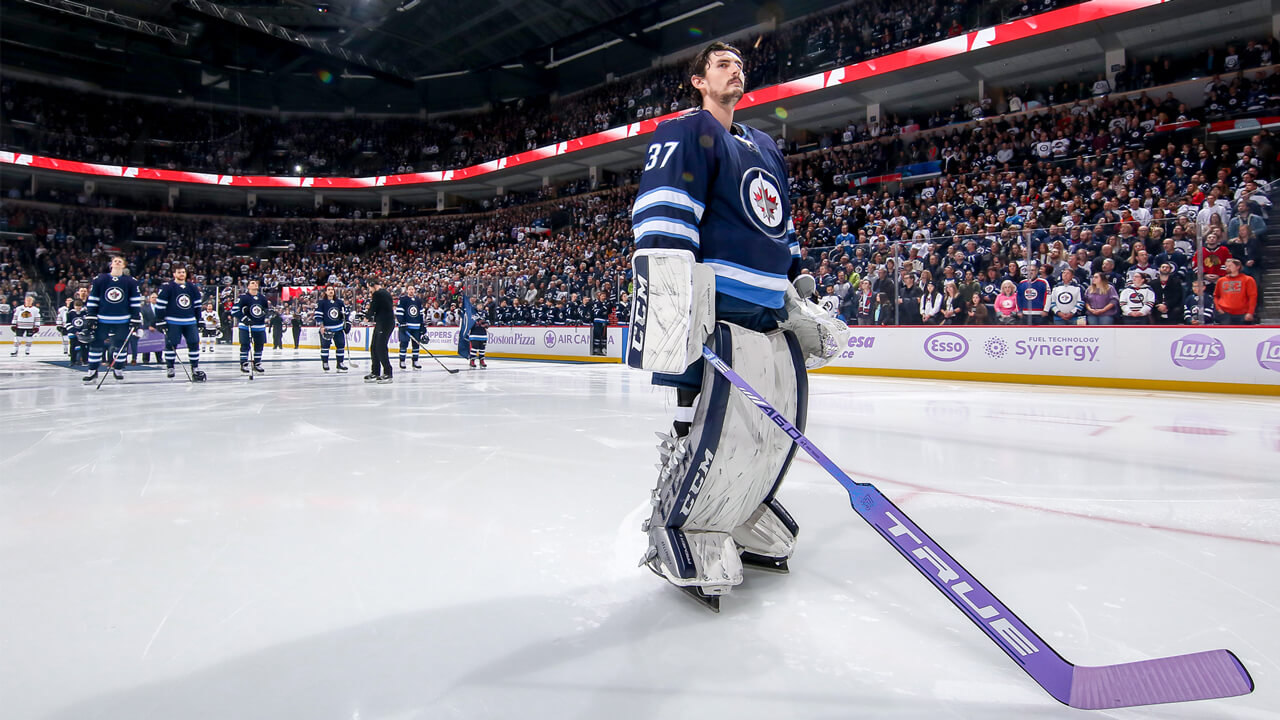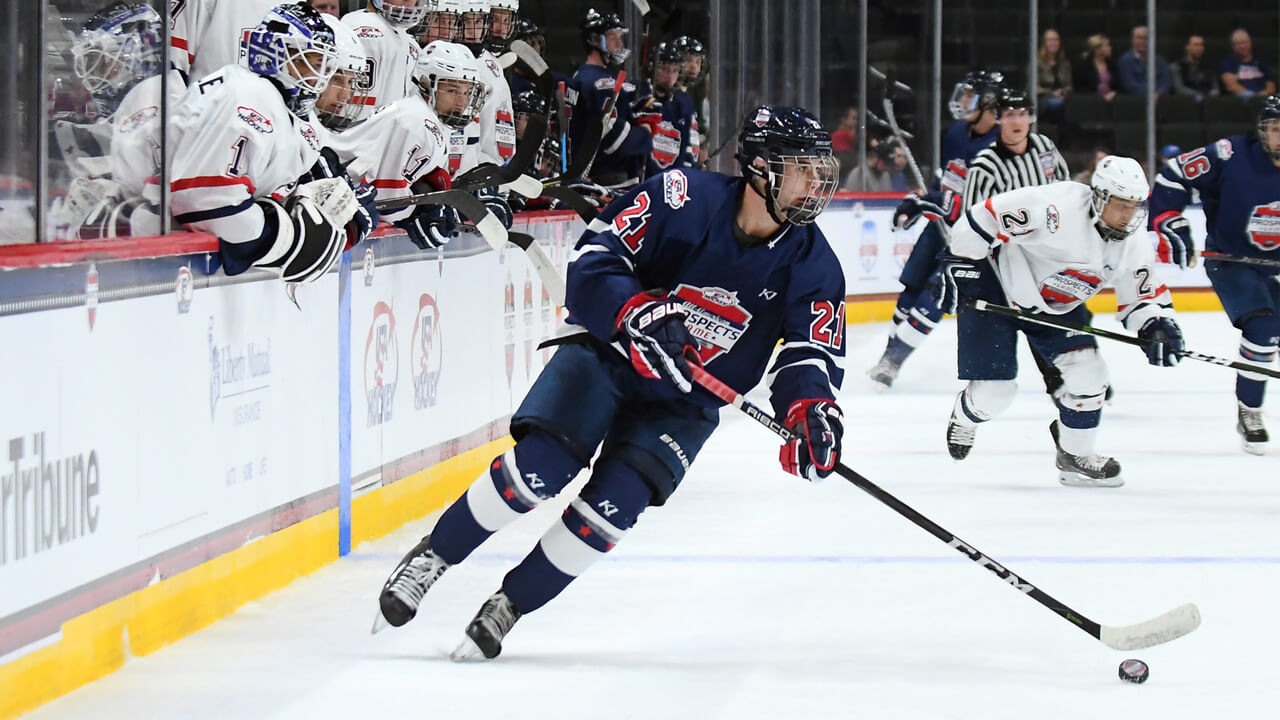More than 13 years after the fact, the principals aren’t inclined to talk about the Windsor hazing. A text to Steve Downie through his agent did not elicit a reply from the player. D.J. Smith and Bill Bowler, Windsor assistant coaches back in 2005, declined to speak to Sportsnet. Several former Spitfires players did not respond to interview requests. Aliu’s closest friend on the team, Mickey Renaud, died suddenly of a heart disorder in 2008.
Akim Aliu will talk, however. Just this once, though. Then he wants the whole thing to be put to bed forever.
This is what he has to say. Aliu wrote this. He wanted every word to be true and measured. And, please, don’t bother calling again. He intends this to stand as his last word on the subject. No interest in advocacy, a role as a spokesman, none of it.
“While I’m declining interviews with the media with the hope that people will respect my privacy, I feel it would be wrong to stay silent and not express disapproval of all forms of hazing. I believed hazing was wrong when I spoke up in 2005. I still do. I feel absolutely terrible for what happened to those kids at St. Michael’s College and it’s sad these things still go on. Does hazing in sports and other avenues of life still happen today? Yes. Is it wrong? Yes, 100 per cent. They call it hazing, but let’s call it what it is — abuse. It’s unacceptable.
“I really believe in standing up for something that’s wrong in the moment. Hazing exists only because of secrecy. Hazing exists because of the belief that what happens in the dressing room stays in the dressing room. Hazing exists simply because of the fear of reporting it. No one should be scared or shamed into silence.
“I’ve made mistakes in my career and I’m the first to admit them. I will never use what happened in a well-publicized hazing incident in Windsor as an excuse for the way things turned out for me. I was angered by it, of course, but I wasn’t broken by it. I feel I never got on track with my career in part because I spoke my mind. Obviously, not everyone appreciates that I spoke up. Obviously, the players involved didn’t like it but neither did some coaches and executives in junior hockey and the pros.
“After the incident in Windsor people in the game looked at me differently. My reputation took a significant hit and for no good reason. I’ve always been in great shape, never a drinker or smoker. I’ve always tried to be a good teammate and to work with coaches. I continue to work on my game and stay dedicated. I still believe that my best hockey is ahead of me.
“I strongly believe the publicity around the hazing incident in Windsor turned my career sideways and to this day I’ve never been able to reclaim my reputation. I was humiliated as a target of hazing and then physically assaulted and yet somehow people looked at me as a villain and troublemaker.



